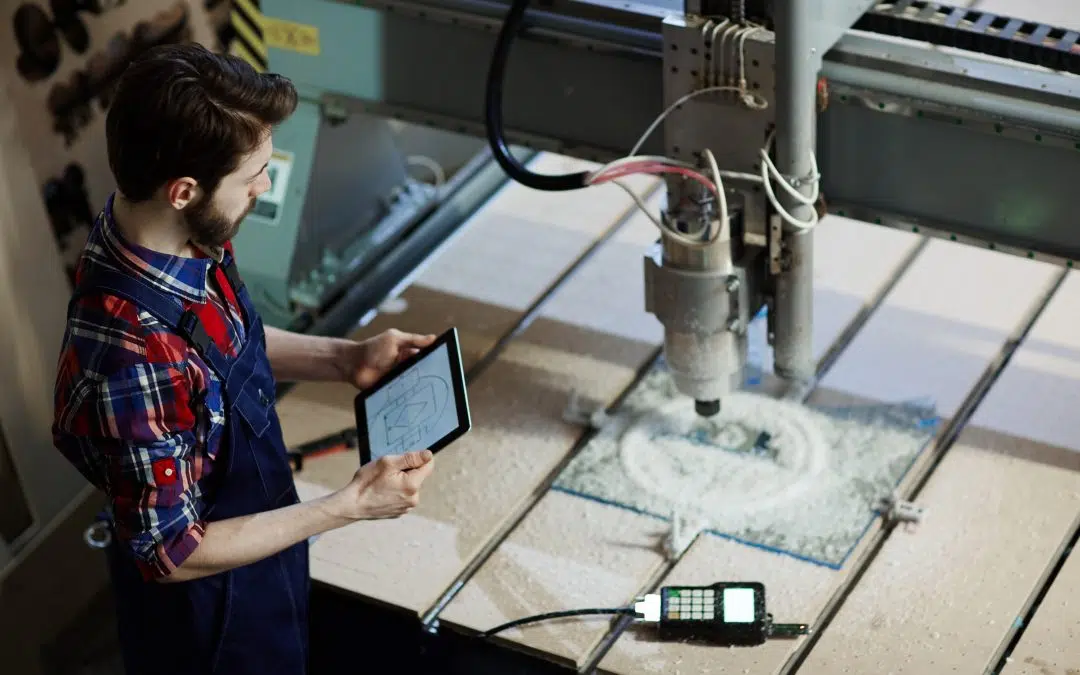
Role of Product Engineering Services in Modern Technology Space
Product engineering services play a central role in turning ideas into real, usable products. From the first rough concept to the final handoff for manufacturing, product engineering covers everything: planning, design, development, testing, and support.
Product engineering service or PES combine hardware, embedded systems, software, and IT to build reliable, efficient, and cost-effective products. Companies often partner with engineering service providers to manage the complexity of this process without pulling focus from their core business.
What is Product Engineering?
Product engineering is the structured process of designing and developing a product from the ground up. It involves defining the idea, shaping its architecture, creating its design, and then moving through development, testing, release, and long-term support.
This work often spans multiple disciplines—mechanical, electronic, embedded, and software engineering—all working together to produce a product that meets technical, functional, and business goals.
Key Phases of Product Engineering
There are seven main stages that define a typical product engineering cycle:
1. Product Ideation
This is where it starts. A product concept is shaped and requirements are defined. Teams look at feasibility—whether the idea is worth building and how it fits into market needs.
2. Architecture
Once the idea is approved, the next step is to break it down into physical and functional blocks. This phase determines what the product will include and how different components will work together.
3. Design
Engineers create models, refine structures, and work through multiple versions until the final design is locked in. User experience, cost constraints, and performance targets all influence the result.
4. Development
Designs are built into actual working systems. This stage includes prototyping, coding, board development, and more. The goal is to create a version that’s fully functional and production-ready.
5. Testing
Rigorous testing ensures the product works as expected. Faults are flagged and resolved. The team validates performance, safety, compatibility, and reliability before anything goes to market.
6. Release
After testing, the product is introduced to the market. Feedback from users is collected to guide updates and fix any missed issues.
7. Product Sustenance and Re-engineering
Support doesn’t end after release. This phase involves updates, maintenance, bug fixes, and, when needed, re-engineering to keep the product relevant. Some companies evolve their products over time, based on new needs and changing tech standards.
Why Product Engineering Services Matter
Product companies face ongoing pressure to deliver reliable products quickly, control costs, and reduce risks. At the same time, they need to improve how they manage their product lines and respond to changing demands.
What often makes the difference isn’t just the idea behind the product—it’s how well that idea is shaped, built, tested, and supported. That’s where Product Engineering Services step in. They allow businesses to focus on strategy and customer needs, while a dedicated team takes care of technical development from start to finish.
The right PES partner brings practical skills across experience design, web and mobile development, cloud systems, DevOps, data handling, and infrastructure. That range of support helps reduce delays, fix issues early, and keep the product aligned with real business goals.
Why Companies Choose Product Engineering Services
A reliable PES partner can help you:
- Add advanced features and improve functionality
- Launch products faster without compromising quality
- Cut costs while keeping engineering standards high
- Support future updates and maintenance with ease
Companies use PES not just to extend internal teams but to bring in focused expertise at each step of the product cycle.
Utthunga’s Product Engineering Services
At Utthunga, we help product companies design, develop, and sustain high-quality products. Our services span across embedded systems, cloud platforms, software development, and industrial protocol integration. The goal is to provide engineering support that’s technically sound, flexible, and built for long-term reliability.
Here’s what we offer:
Core Engineering Services:
- Embedded Engineering – hardware, firmware, system design, validation
- Digital Engineering – cloud, mobile platforms, analytics, IIoT
- Software Engineering – applications across embedded and enterprise systems
- Quality Engineering – application testing, device testing, protocol testing, test automation, testing as a service (Taas), and DevOps
- Data Connectivity and Integration – OPC solutions, industrial protocols, field device integration
Key Capabilities:
- Asset and device management tools
- OPC and industrial data integration
- Digital engineering, customer-focused digital interfaces
- Cloud, Edge Computing, Device & Data Analytics
- IT/OT system integration
- Engineering of controllers, IO modules, and host devices
We also offer engineering accelerators and frameworks that reduce product development time and help minimize issues after release:
- DPI (Device Programming Interface)
- uOPC Suite
- Protocol Stacks
- IIoT Accelerators (Javelin and uConnect)
- Application Test Automation Framework
Need expert support across your product development cycle or to scale up your engineering efforts? Our Product Engineering Services are built to support your goals—connect with us to learn more.

